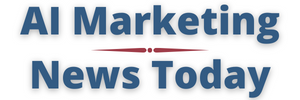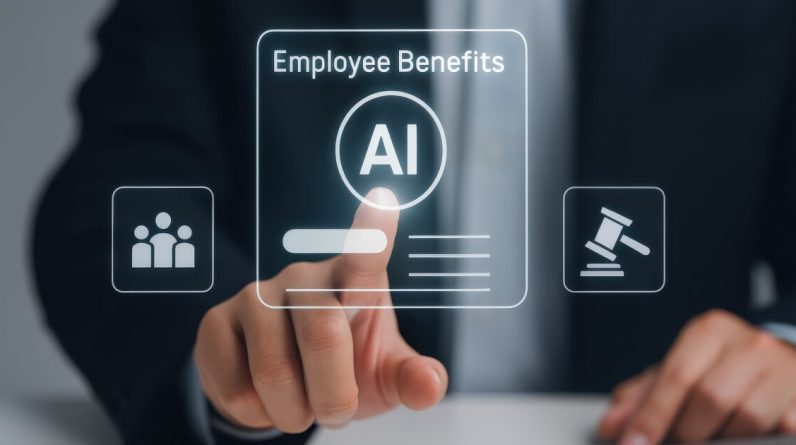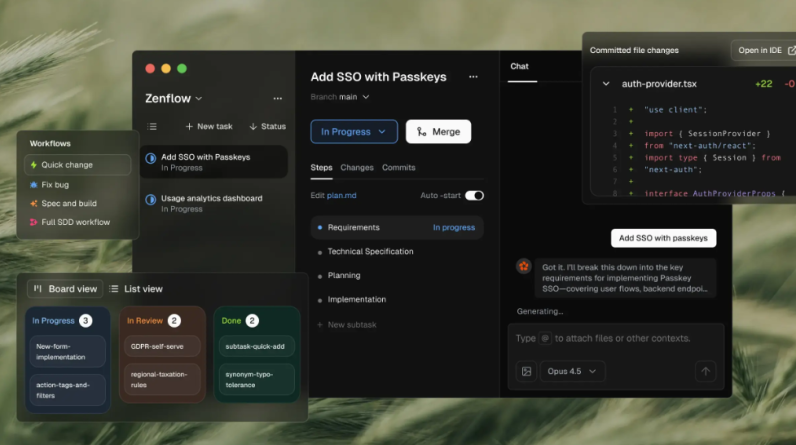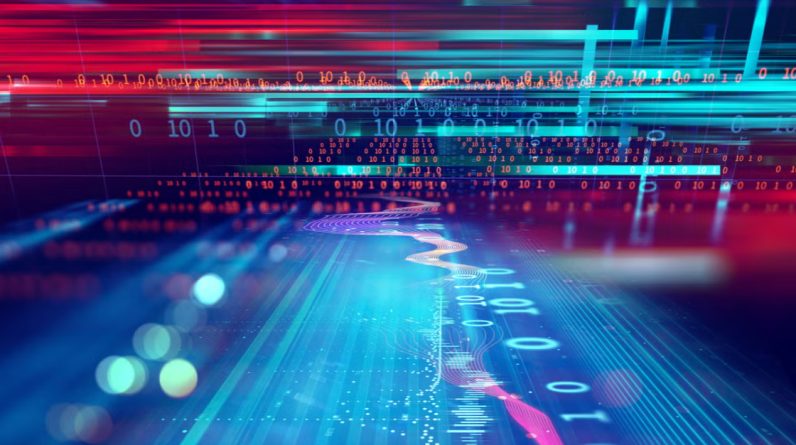
The AI + Automation Equation: Unlock Sustainable Security Outcomes
Threat Detection and Response in cybersecurity is a two-part process designed to protect an organization from cyber threats. Threat detection focuses on actively monitoring for and identifying malicious activity or vulnerabilities within a network. This is followed by incident response, a structured approach to containing the threat, mitigating its impact, and restoring systems to normal operation.
Here’s a question… Do you feel like keeping up with technology has become overwhelming or like there’s something new to learn every day? I get it. However, today, I want to walk you through the evolution of automation: how we got here, and why embracing the changes and advancements is critical for your organization’s success. Before we get into it, there’s an equation every security team needs to know: AI + automation = security operational success. With alerts skyrocketing, threats evolving faster than defenses, and the cyber talent shortage at crisis levels, leveraging AI and automation is essential.Currently, research shows 83% of alerts are false positives and there are still 3.5 million unfilled cybersecurity jobs worldwide.
Meanwhile, emerging domains like artificial intelligence (AI), machine learning (ML), and Zero Trust expand the skills gap even further. The question is no longer if organizations will apply AI and automation to solve these challenges; it’s how.
The Evolution of Security Automation
Organizations like yours have likely long experimented with homegrown tools and manual processes, but you probably know these quickly collapse under the weight of scale. While these efforts provided some relief, manual processes often struggled to keep up as threats and workloads grew more complex.
Then came security orchestration, automation, and response (SOAR) platforms that advanced the field by orchestrating workflows inside the security operations center (SOC). However, they were often limited to predefined use cases, paving the way for hyperautomation, where modern security automation platforms extend beyond the SOC to support functions like vulnerability management, fraud investigation, and employee onboarding.
Fast forward to the present day, we’ve entered the next phase: AI automation. This evolution isn’t about AI replacing automation, it’s about knowing when to apply each technology and finding the right balance between human-guided workflows and intelligent, autonomous actions. By combining the precision of automation with the adaptability of AI, organizations can unlock new levels of speed, scale, and efficiency across the enterprise, not just in the SOC.
Explore our Master the Art of AI Automation Success infographic to see how AI and automation work together in modern security operations.
How Automation is the Bedrock for the AI Frontier
Automation and AI each bring unique strengths, and together they form the foundation of modern security operations. While automation provides the structure and consistency needed to execute at scale, AI introduces adaptability and intelligence that push those capabilities even further.
- Traditional automation: Deterministic playbooks excel at repetitive tasks like ingestion, enrichment, and standardized response. They deliver high reliability, predictability, and extremely low cost per task.
- AI: AI excels at cognition, pattern recognition, adaptive learning, and decision support. It can identify unknown threats, generate summaries, and evolve decision trees dynamically.
Separately, each has value. But together, they form a powerful equation where automation delivers reliability and scale, and AI contributes intelligence and adaptability.
Agentic AI: Today’s Latest Architecture
This synergy paved the way for the next evolution of intelligent automation: agentic AI architectures, clusters of specialized AI agents capable of working collaboratively, integrated directly into automation platforms like Swimlane Turbine. The future is here, and it’s powered by systems that can think, act, and learn in coordination. This isn’t about replacing human analysts. Instead, it’s about creating AI coworkers:
- Agents specialized in specific skills (e.g., phishing analysis, asset management).
- Securely integrated with thousands of pre-built playbooks and 5,000+ tool connectors.
- Guided by guardrails to ensure outputs are reliable, trustworthy, and actionable.
Without automation, AI alone risks becoming siloed, hallucinated, incomplete and expensive. Without AI, automation lacks the flexibility to adapt. Together, they close the massive gap between static workflows and intelligent, outcome-driven operations.
Levels of Autonomy: From Playbooks to Full Agentic Workflows
Building on this foundation, organizations are now exploring varying levels of autonomy in security operations: we’re already seeing incremental progress in workflow autonomy:
- Level 0 – Automated: Deterministic sequences, reliable but rigid.
- Level 1 – Assistive AI: Simple LLM steps augment automation.
- Level 2 – Supervised Agentic: Task-driven AI plans and acts across tools, evolving with oversight.
- Level 3 – Full Autonomy: AI orchestrates entire outcomes from start to finish.
Here’s an example of what this would look like for phishing email triage and response from automated, assistive AI, supervised agentic AI, and full autonomy (level 0 – level 3).
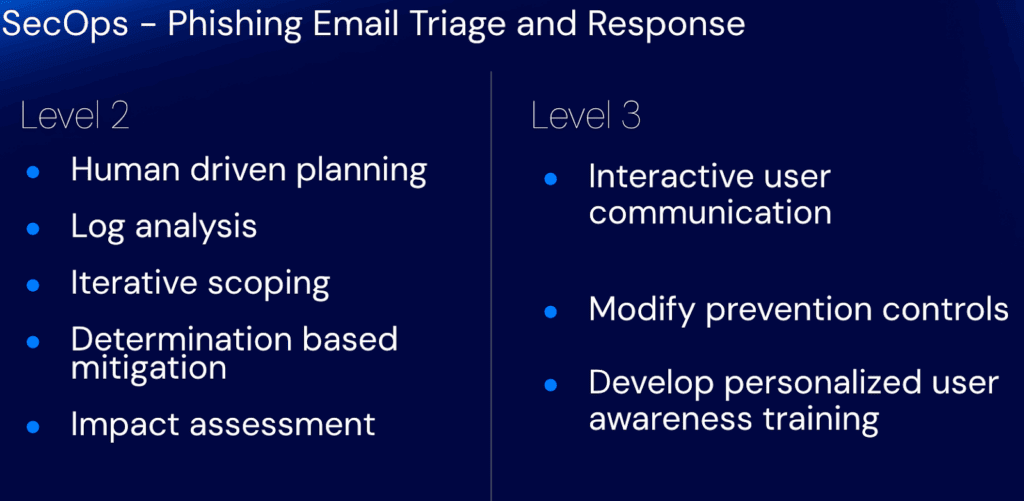
This maturity model mirrors the path of security teams, starting with manual triage, evolving to assistive AI, and eventually embracing full agentic workflows where analysts set goals, and AI orchestrates execution.
Build an AI + Automation Strategy To Maximize ROI
Understanding your organization’s workflow maturity is key to unlocking the full value of AI automation. The maturity model highlights where automation and AI can be most effective, and where gaps may limit impact. By connecting maturity insights to a structured implementation plan, leaders can focus on initiatives that deliver measurable ROI. This means defining objectives, mapping processes across SecOps, IT, OT, and GRC, assessing data and integration needs, reviewing scalability and reliability, and designing guardrails to ensure sustainable, outcome-driven investments.
Here’s an example of a structured approach:
- Define business and ROI objectives.
- Map desired processes across SecOps, IT, OT, and GRC.
- Assess data and integration requirements.
- Review scalability and reliability needs.
- Design guardrails and security constraints.
This ensures investments are sustainable, reliable, and focused on business outcomes, not hype.
Meet Hero: Your Private Agentic AI Companion for all SecOps
Hero AI is a collection of generative and agentic AI capabilities in the Swimlane Turbine agentic AI automation platform. Hero acts as a private, context-aware AI companion for SecOps. Hero allows teams to:
- Query, summarize, and analyze security records.
- Run contextual conversations with follow-up questions.
- Execute automation actions or generate decisions with playbook data.
- Apply AI with guardrails tailored to enterprise requirements.
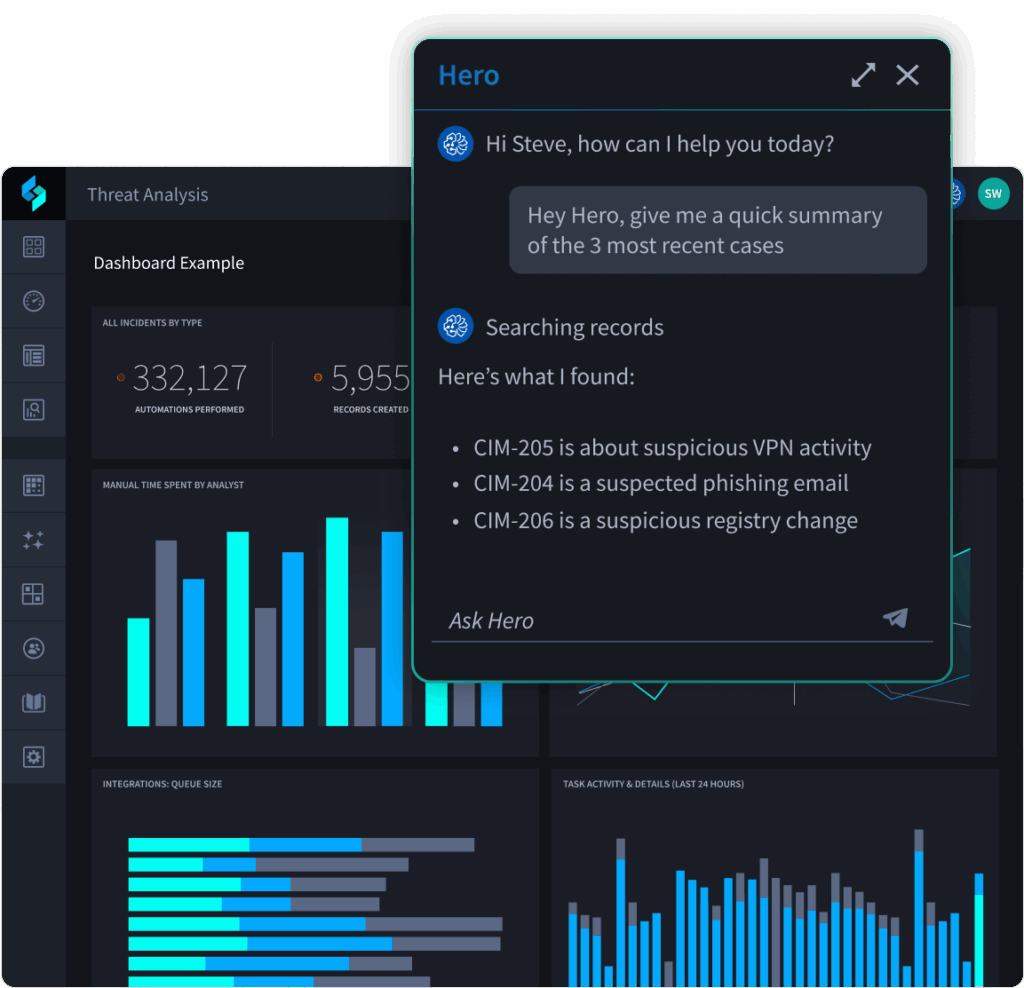
With Hero, organizations don’t just deploy AI, they deploy AI they can trust.
The AI + Automation Equation
AI and automation aren’t competing, they’re complementary. Automation brings scale and reliability; AI adds cognition and adaptability. Together, they form the foundation of the latest security operations. By investing wisely, prioritizing reliability, and integrating both technologies, enterprises can close skills gaps, reduce costs, and boost outcomes, creating faster, smarter, and more resilient security teams. Oh, and happier teams too!
Analyst Report: Your Guidebook for Autonomous SOC Enablement
Security leaders are under pressure to reduce costs, address skilled analyst shortages, and defend against continuous, adaptive AI-enabled attacks. This report delivers the roadmap you need to advance your SOC maturity without discarding your human talent.
The question is no longer if your SOC will evolve towards an AI SOC, but how and when. Download this guide to start your journey towards a more autonomous SOC today!
Download Report
TL;DR: AI Automation
AI and automation aren’t competing, they’re complementary. Together, they form the foundation of next-gen security operations, enabling faster, smarter, and more resilient outcomes. Hero AI in Swimlane Turbine demonstrates this synergy by executing tasks, analyzing data, and guiding workflows while keeping humans in the loop.
